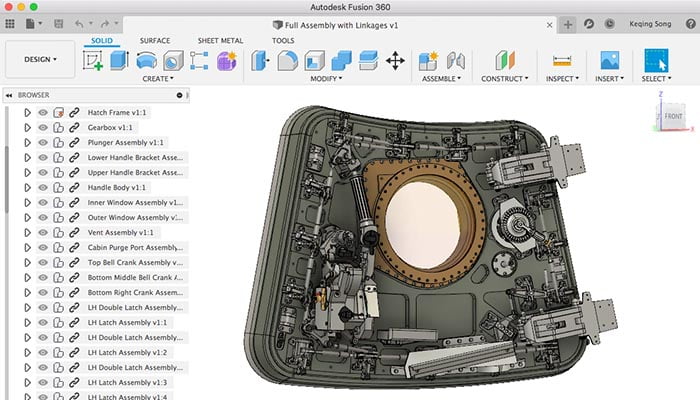
Now that you have different components that make up your model, you can add joints to describe how the different components are constrained between one another. That being said, there's more flexibility and settings if you used Maya/Mental Ray. Fusion 360 is also free (to educators, tinkerers, and startups). If you've ever rendered something in Maya/Mental Ray on your personal computer, you know that even 50 frames could take a few hours. All because the processing is done on a set of servers somewhere far away. If you have Maya, or even Inventor, there are ways to do it in each respective program, but I've found that Fusion's Cloud Rendering is unique in that it outputs a fairly high quality video (.mp4) of a 100 frames in about 20 minutes. Please keep in mind that this is one of many ways to render an animation.


create joints to tell the software where the degrees of freedom are.

Model/import/create the thing you want to animate.So if for example, you have modeled something, and you want animate how it moves, here are the (general) steps you'd take to create a nice looking animation, fully rendered. More accurately, this Instructable shows you how to render a motion study in Autodesk's Fusion 360 using their very nice and very fast Cloud Rendering.


 0 kommentar(er)
0 kommentar(er)
